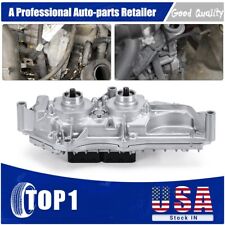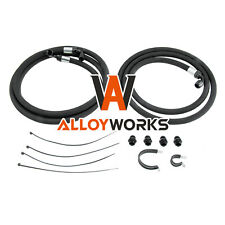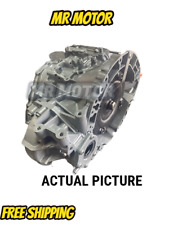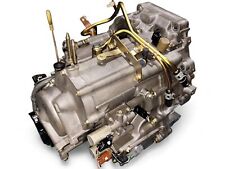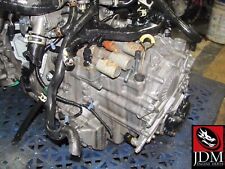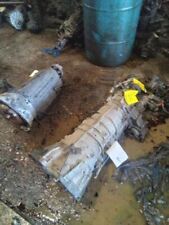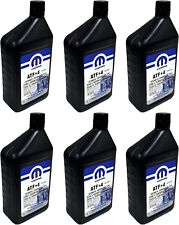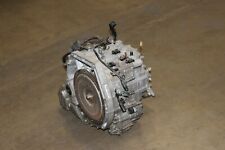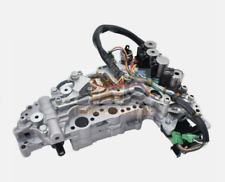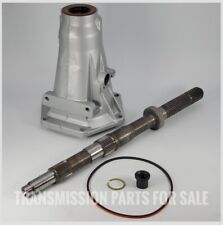BMW says carbon fiber will go high volume in its vehicles in 2013
Heat and weight are the two biggest enemies to cars. But while on the topic of the latter, weight is more of an enemy as cars grow bigger, retain a more comprehensive options list and more powerful power and drivetrains. That said, carbon fiber has been the automobile industry’s next best friend because of its light weight, yet strong construction. Carbon fiber however, is also the industry’s worst enemy for its high commanding manufacturing price.
As we’ve come to learn, as time progresses and technology advances, the more expensive inventions get cheaper and so far, carbon fiber has been around for quite some time now, which means its relatively cheaper. Hence, BMW AG announced that it will begin high-volume production of its carbon fiber parts around 2013-2014.
Around that time, BMW will begin production of their i3 electric city car, whose design is composed of many carbon fiber parts to save weight. When the BMW i3 goes into production, rumor says that around 30,000 of them will be produced. If this is a true statement, the i3 will be one of the world’s first mass-produced carbon-fiber intensive automobiles for a reasonable price.
“We have developed a very flexible production plan,” said Joerg Pohflman, BMW’s managing director involving prospects with carbon fiber. “We are prepared to manufacture many more cars if demand is higher than our conservative estimate.”
Part of this increase in carbon fiber comes thanks to BMW’s new manufacturing process, called resin transfer molding. This means that the carbon fiber fabric is placed in a mold where resin is directly injected under a high pressure and temperature chamber. Formerly, the parts required 20 minutes to make and the new process cuts that time by half because of automation. Thanks to these processes, money could be saved for BMW’s R&D for future models. Let’s just hope this “cost-cutting” doesn’t affect the build quality of their cars.
“For the M3, we could afford to have a few workers put the parts in the form,” Pohlman concluded. “We were only making a few thousand a year. But now we’ll be making tens of thousands of parts. So there is a whole lot more automation.”
– By: Chris Chin
Source: AutoWeek



